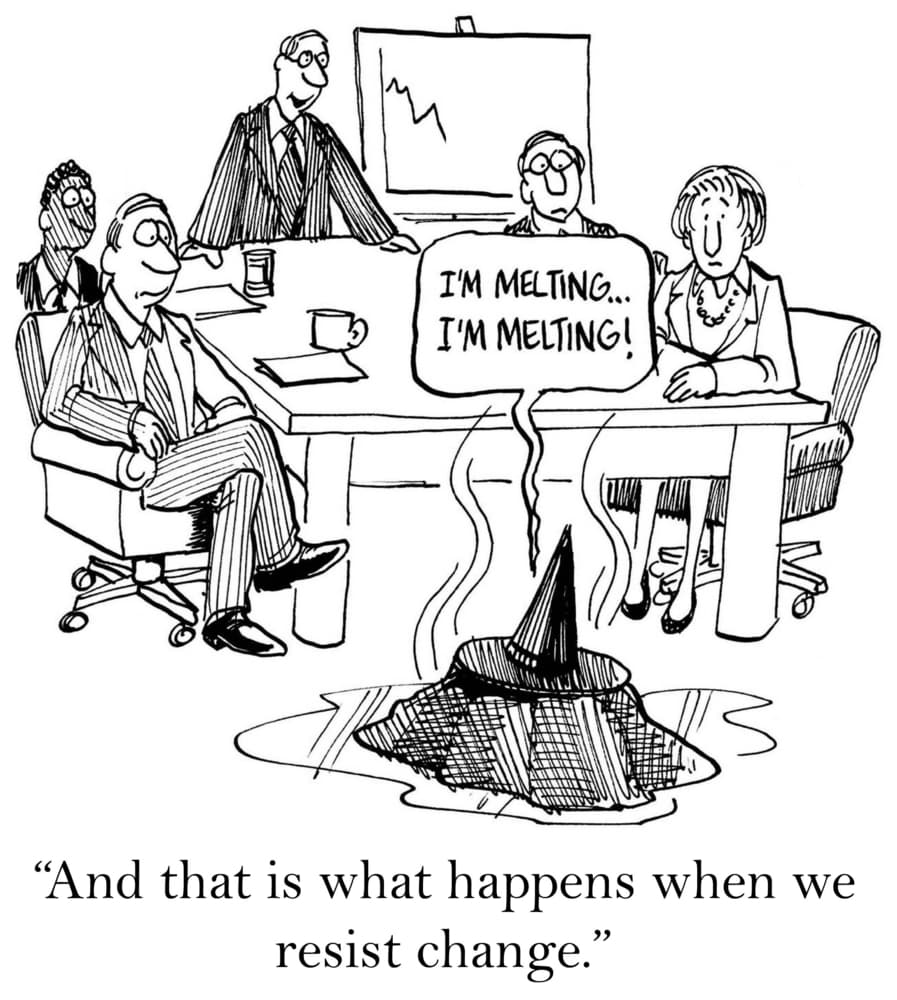Change is never easy. Change and transition is a bumpy process. But why is change so hard? Change is hard because it is an emotional experience for most. An emotional experience, particularly an experience one often has little choice in being part of, creates resistance. Resistance is a natural emotion, though an emotion that can make change even harder.
“All resistance is mobilization of energy, not lack of energy. Those who resist are bundles of energy not passive, lifeless blobs”
However, resistance must be managed to harness that energy for positive change. Managing resistance requires focusing on not just change, but also transition.
Often in managing change individuals and organizations neglect to address transition. According to William Bridges, transition is the psychological movement through the change. Transition consists of three parts:
- The Ending (of what was).
- The Neutral Zone (muddling and creative period).
- The New Beginning (of what is).
People go through the phases of transition at their own pace, not necessarily at the pace of others or the pace of an organization. People need to be supported in each phase. To ease the difficulties of the change process a focus on transition must run in parallel to a focus on change.
Change is the actual physical event (merger, new job, graduating from college, getting married, getting divorced, new baby, new grandbaby, new boss, and so on). There are three primary reasons people view change as difficult and thus resist change.
- Loss of self, power, influence or perceived value
- Having to learn something new
- Lack of understanding on “why” they need to change
Many times people view change as a statement that they are under-performing or not doing a good enough job. They see the impending change as a threat to their established reputation, quality of life or future with the community.
Most people who resist change fear having to learn new skills, concepts or policies. Whether it’s learning a new computer system, operational skills or even how to get something approved, organizational improvements and change efforts threaten their current status quo. The way “they’ve always done it” works just fine and the thought of changing behavior scares them. The majority of people who resist change simply don’t understand why things need to be different. “It’s the way we’ve always done it” is the typical response from this group. Not successfully addressing these issues increases resistance.
Wherever there is a change effort, there will be resistance.
To reduce resistance it is necessary to address both change and transition, to design and develop customized strategies to help those in the process with both parts. This dual approach can help minimize resistance and make the process easier for most involved.
Do you resist change?
How do you deal with individual and organizational change and transition?
This was originally published on the Tolero Think Tank blog.
